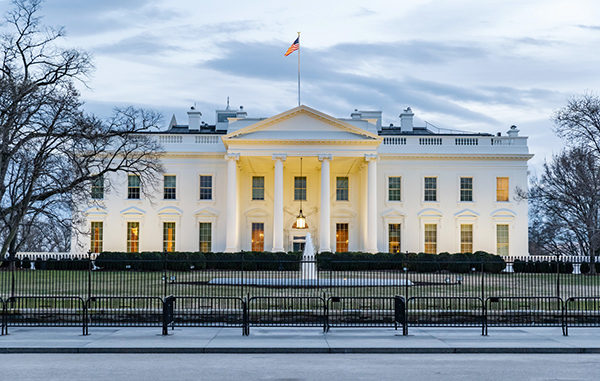
October 27, 2020
By logging out, you’ll be logged out of all Manulife secure advisor sites. Check all open browser windows and save your work first.
You’ve been logged out due to inactivity
Due to inactivity, you’ll be automatically logged out in
Please enter the email address you used when registering.
If you have a valid account with us, you will receive an email with instructions to reset your password.
Please try again later.
In order to change your password, we need to verify your identity. We will send an authorization code to the email address on file.
Please enter the 6-digit code sent to your email. If you have not received a code, you may not have a registered account.
Please try again later.
Enter your password to login.
In order to change your password, we need to verify your identity. We will send an authorization code to the email address on file.
Enter the 6-digit code sent to your email
Please try again later.
In order to change your phone number, we need to verify your identity. We will send an authorization code to the email address on file.
Log in with your Advisor Manulife ID to access this content
Don’t have an Advisor Manulife ID?
Register for accessPlease enter the email address you used when registering.
If you have a valid account with us, you will receive an email with instructions to reset your password.
Please try again later.
In order to change your password, we need to verify your identity. We will send an authorization code to the email address on file.
Please enter the 6-digit code sent to your email. If you have not received a code, you may not have a registered account.
Please try again later.
Enter your password to login.
In order to change your password, we need to verify your identity. We will send an authorization code to the email address on file.
Enter the 6-digit code sent to your email
Please try again later.
In order to change your phone number, we need to verify your identity. We will send an authorization code to the email address on file.
This November 3, America votes on the balance of power. We examine what's at stake, the possible outcomes, and what could be in store for investors' portfolios.
When voters head to the polls in November, collectively they'll cast ballots not just for the president, but also for the entire House of Representatives and about a third of the Senate.
The balance of power in Congress is currently split, with Democrats controlling the House of Representatives and Republicans holding a slim majority in the Senate.
In the House, recent polling averages show just 50 seats that are either toss-ups or close matches. For the House to switch to a Republican majority, the GOP would need to win 38 of those 50 contests—an uphill battle, to be sure.
A reversal of fortunes in the Senate appears more likely, where the Democrats stand a good chance of regaining control. Only 2 of the 12 Democrats up for reelection appear to be in competitive races; Republicans, meanwhile, face stiff competition for 10 of the 23 seats they seek to retain or fill. If Democrats flip 4 of those seats, they’d gain a majority in the Senate.
Sources: www.fivethirtyeight.com, www.cookpolitical.com, as of September 4, 2020.
The real story this fall, of course, is the contest for the presidency. While there are many factors that will come into play, one proxy for President Trump’s chances of retaining the White House is his approval rating. Looking back at the past six times a sitting president has run for reelection, those with ratings better than 40% have won second terms; those below that threshold have not.
Want more detail? See President Trump's most current and historical approval ratings here.

While Trump’s approval ratings suggest Democrat challenger Joe Biden has an opening, it’s also true that incumbents have generally had a home field advantage. History shows that voters’ presidential preferences have been cyclical: It’s been uncommon for the White House to be occupied by either party for just one term—and it’s been just as uncommon for it to remain in one party’s control for more than two terms.
Despite the unknowns in November, investors can take confidence in the fact that the stock market has always been much more a reflection of the country's economic prospects than its political tenor. Over the past 40 years, two Democratic administrations topped the list of the best market environments, although the market has generally shown resilience regardless of which party occupies the White House.

The U.S. presidential election is fast approaching, and the Capital Markets Strategy team received many related questions. The team answers these questions and more on a special, election-focused podcast of Investments Unplugged.

October 27, 2020

September 9, 2020

September 4, 2020
A rise in interest rates typically causes bond prices to fall. The longer the average maturity of the bonds held by a fund, the more sensitive a fund is likely to be to interest-rate changes. The yield earned by a fund will vary with changes in interest rates.
Currency risk is the risk that fluctuations in exchange rates may adversely affect the value of a fund’s investments.
The opinions expressed are those of Manulife Investment Management as of the date of this publication, and are subject to change based on market and other conditions. The information and/or analysis contained in this material have been compiled or arrived at from sources believed to be reliable but Manulife Investment Management does not make any representation as to their accuracy, correctness, usefulness or completeness and does not accept liability for any loss arising from the use hereof or the information and/or analysis contained herein. Manulife Investment Management disclaims any responsibility to update such information. Neither Manulife Investment Management or its affiliates, nor any of their directors, officers or employees shall assume any liability or responsibility for any direct or indirect loss or damage or any other consequence of any person acting or not acting in reliance on the information contained herein.
All overviews and commentary are intended to be general in nature and for current interest. While helpful, these overviews are no substitute for professional tax, investment or legal advice. Clients should seek professional advice for their particular situation. Neither Manulife, Manulife Investment Management Limited, Manulife Investment Management, nor any of their affiliates or representatives is providing tax, investment or legal advice. Past performance does not guarantee future results. This material was prepared solely for informational purposes, does not constitute an offer or an invitation by or on behalf of Manulife Investment Management to any person to buy or sell any security and is no indication of trading intent in any fund or account managed by Manulife Investment Management. No investment strategy or risk management technique can guarantee returns or eliminate risk in any market environment. Unless otherwise specified, all data is sourced from Manulife Investment Management.
Manulife, Manulife Investment Management, the Stylized M Design, and Manulife Investment Management & Stylized M Design are trademarks of The Manufacturers Life Insurance Company and are used by it, and by its affiliates under license.